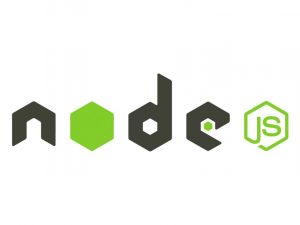Introduction to Node.js Streams
Node.js streams are powerful tools for handling data in Node.js applications. They allow you to read and write data in chunks, making them ideal for processing large files or handling data in real-time. In this tutorial, we’ll explore the basics of Node.js streams and how you can leverage them in your projects.
What are Streams?
Streams are objects in Node.js that let you read data from a source or write data to a destination in a continuous fashion. They are implemented using EventEmitter and are designed to be efficient and scalable.
There are four fundamental types of streams in Node.js:
- Readable streams: Used for reading data.
- Writable streams: Used for writing data.
- Duplex streams: Used for both reading and writing data.
- Transform streams: A special type of duplex stream that allows you to modify or transform the data as it is written or read.
Working with Readable Streams
Let’s start by exploring how to work with readable streams. Here’s a basic example of reading data from a file using a readable stream:
const fs = require('fs');
// Create a readable stream
const readableStream = fs.createReadStream('input.txt');
// Handle data events
readableStream.on('data', (chunk) => {
console.log(`Received ${chunk.length} bytes of data.`);
});
// Handle end event
readableStream.on('end', () => {
console.log('Finished reading data.');
});In this example, we use the fs module to create a readable stream from a file called input.txt. We then listen for the 'data' event, which is emitted whenever data is available to be read from the stream. When the stream ends, the 'end' event is emitted.
Working with Writable Streams
Writable streams are used for writing data. Here’s an example of writing data to a file using a writable stream:
const fs = require('fs');
// Create a writable stream
const writableStream = fs.createWriteStream('output.txt');
// Write data to the stream
writableStream.write('Hello, world!\n');
writableStream.write('This is a test.\n');
// End the stream
writableStream.end();In this example, we create a writable stream to a file called output.txt. We then use the write() method to write data to the stream. Finally, we call the end() method to indicate that we’ve finished writing data.
Combining Streams: Using Transform Streams
Transform streams are a special type of duplex stream that allow you to modify or transform the data as it is written or read. Here’s an example of using a transform stream to convert data to uppercase:
const { Transform } = require('stream');
// Create a transform stream
const uppercaseTransform = new Transform({
transform(chunk, encoding, callback) {
callback(null, chunk.toString().toUpperCase());
}
});
// Create a readable stream
const readableStream = fs.createReadStream('input.txt');
// Create a writable stream
const writableStream = fs.createWriteStream('output.txt');
// Pipe the data through the transform stream
readableStream.pipe(uppercaseTransform).pipe(writableStream);In this example, we create a transform stream that converts data to uppercase. We then create readable and writable streams as before, but instead of manually writing data to the writable stream, we use the pipe() method to pipe the data through the transform stream before writing it to the file.
Conclusion
Node.js streams are a powerful feature that allow you to efficiently handle data in your applications. In this tutorial, we’ve only scratched the surface of what you can do with streams, but hopefully, you now have a good understanding of the basics and are ready to start using them in your own projects.


